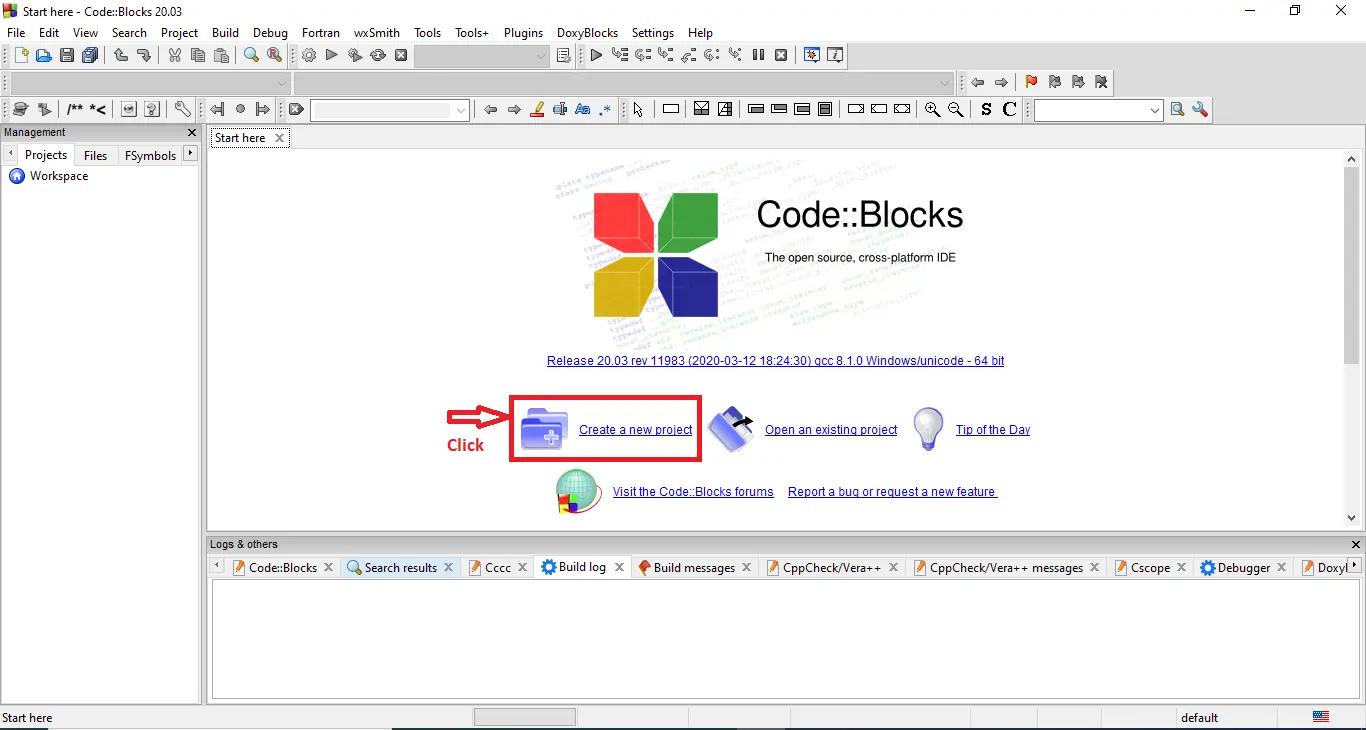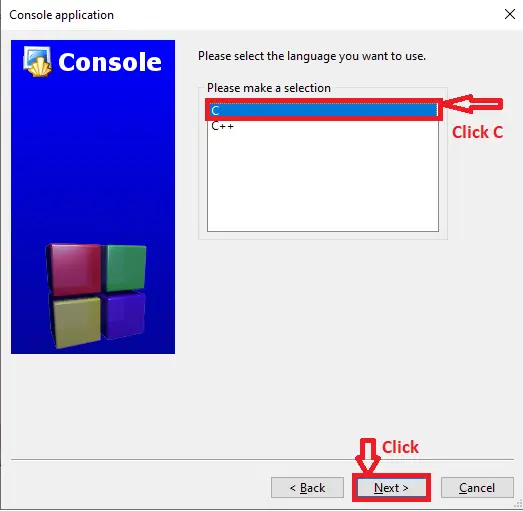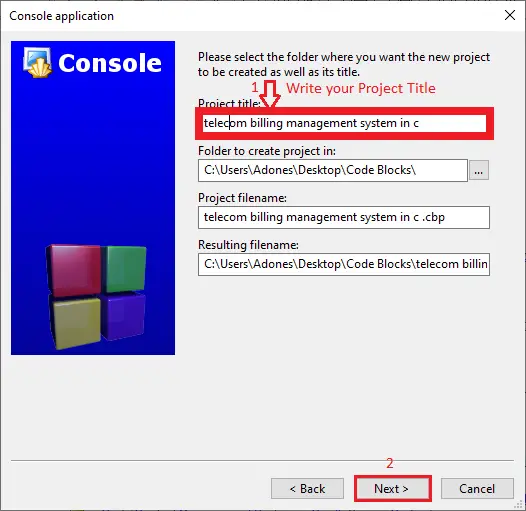This Telecom Billing Management System in C is a consoled based application created using c programming language. This system is a simple mini project and compiled in Code::Blocks IDE using GCC compiler.
Telecom Billing System is a small project, you may perform and handle billing processes in the same way as telecom businesses do.
You can add records with names, phone numbers, and payment amounts here. Existing records can be viewed, modified, searched, and deleted.
You can also make a payment using your phone number rather than your name. All data that is added or updated is saved in a file. This project will teach you how to use file handling to add, list, modify, search, and delete records.
A Telecom Billing Management System Project using C language is an easy project for beginners to learn how to build a web-based C language project.
We will provide you with the complete source code for the C project so that you can easily install it on your machine and learn how to program in C language.
| ABOUT PROJECT | PROJECT DETAILS |
|---|---|
| Project Name : | Telecom Billing Management System |
| Project Platform : | C/C++ |
| Programming Language Used: | C Programming Language |
| Developer Name : | itsourcecode.com |
| IDE Tool (Recommended): | Dev-C++/Codeblocks |
| Project Type : | Desktop Application |
| Database: | Stores data in .DAT file |
This Telecom Billing Management System in C Framework, Also includes a Download Source Code for free, just find the downloadable source code below and click download now.
Anyway if you want level up your knowledge in programming especially C/C++ Programming Language, try this new article I’ve made for you Best C Projects with Source Code for Beginners Free Download 2022.
To start creating a Telecom Billing Management System in C , make sure that you have a Code Blocks or any platform of C installed in your computer.
Features of Telecom Billing Management System in C with Source Code
- Add New Records – For the add new billing records, the user can add new billing records details.
- List of Records – For the list of billing records, the user can view all the new billing records added.
- Payment – For the payment, the user can pay their telecom billing in this system.
- Search records – For the search billing records, the user can search through there phone number.
- Delete Employee – For the delete billing records, the user can delete their own billing records information.
- Edit Records – For the edit records, the user can edit billing records information.
- Exit – For the exit, the user can also exit in the system.
Telecom Billing Management System in C Steps on How to Create a Project
Time needed: 5 minutes
Here’s the step’s on how to create a Telecom Billing Management System Project in C with Source Code.
- Step 1: Create a new project.
First open the code blocks IDE and click “create a new project“.

- Step 2: Choose console application.
Next, click the “console application” and after that click “next“.

- Step 3: Choose C language.
Then , choose “C language” and click “next“.

- Step 4: Name your project.
Lastly, name the project you’ve created and click “next” after that click “finish“.

- Step 5: The actual code.
Finally, we will now start adding functionality to our C Framework by adding some functional codes.
Downloadable Source Code
Summary
In summary, this Telecom Billing Management System in C with Source Code can be useful to students or professional who wants to learn C Programming Language.
This project can also be modified to fit your personal requirements. Hope this project will help you to improve your skills. Happy Coding!
Related Articles
- Billing Android App with Source Code
- Electricity Billing System Project in Java With Source Code
- Electricity Bill Generator System Project in C++ with Source Code
Inquiries
If you have any questions or suggestions about Telecom Billing Management System in C with Source Code, please feel free to leave a comment below.





